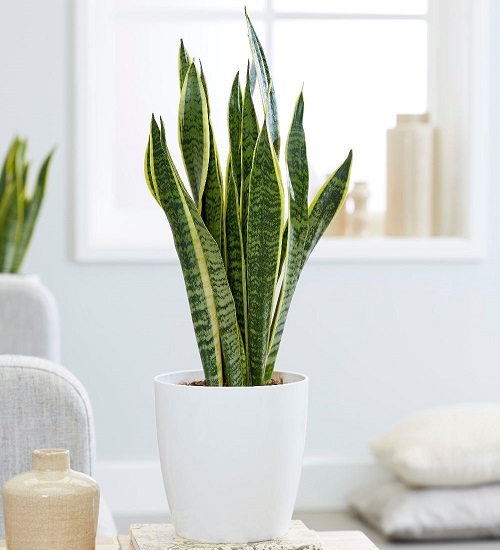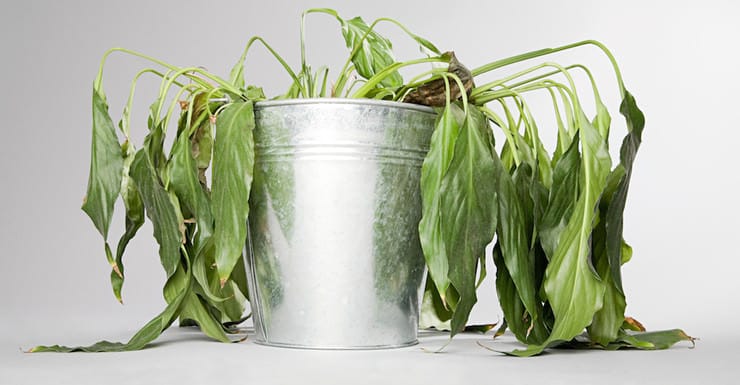Once you get the hang of container gardening, you might find yourself growing more and more pots every year. However, keeping plants alive and thriving in containers does not necessitate the same care routines as growing plants in the ground.
If you want your plants to thrive in their containers, you should avoid doing the following 12 mistakes.
Overwatering
New gardeners often incorrectly believe that more water is always better. All plants, whether in containers or not, have varying watering requirements that shift with the seasons, the amount of sunlight available, and the room temperature and humidity. If you are aware of how much water each plant prefers, you may easily avoid this issue.
The majority of plants (with the exception of moisture-loving plants) prefer when the top surface of the substrate dries out between waterings, while some require the soil to be maintained slightly damp. If you want to know if the soil is moist or dry, you can stick your finger in there for an inch and feel.
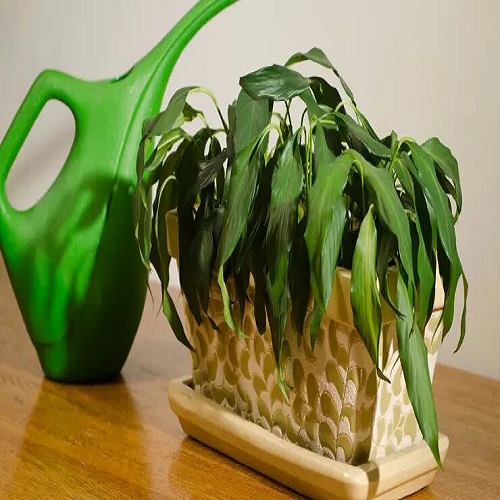
Underwatering
It is equally harmful to the plants. Back to the same point, it is necessary to know the moisture requirements of each plant to keep them healthy. Also, it is obvious, in summer you should double the amount of water because all the plants needs more water. When you water your plants, do it thoroughly, so that the entire substrate moisten well and the slight amount of water seeps out from the bottom holes of the pots and then wait for it to dry (with the method of poking your finger) and then water again.
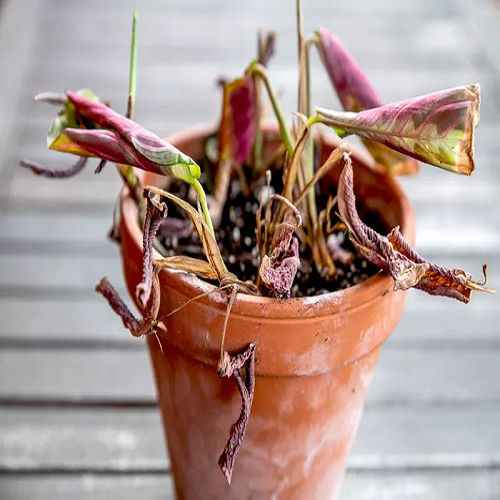
You do not know everything about the plant
It’s important to understand that no two plants are ever exactly alike. It is recommended that you first read the plant’s care instructions. Always consult the nursery staff for advice on how to care for your new plants. Before bringing a new plant into your home, do extensive research on it online. There are a plethora of gardening blogs and websites out there, including our own, that contain a wealth of knowledge about plants.
Too little or too much sunlight
In spite of popular belief, not every plant thrives in full sunlight. In fact, some prefer or even need shady conditions. Some authorities claim that plant life can provide feedback on whether or not their lighting needs are being met.
More sunlight, for instance, may cause the plant’s leaves to become scorched or brownish in color. However, if the plant appears to be “stretching its neck” toward the light or if the leaves are abnormally large, then more light is required.
In case you didn’t know, warm-climate plants need full sun whether they’re grown in full sun or partial shade in a colder zone. In a similar vein, plants that are normally found in cooler climates do better in partial shade or sun.
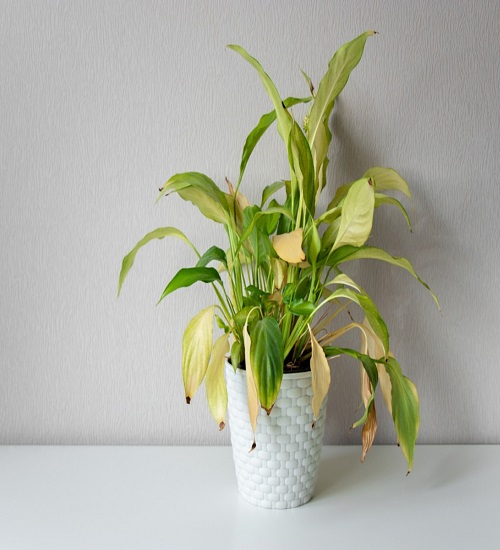
Moving or changing position of plants
Plants dislike having their location changed frequently. It’s best not to uproot a plant that’s doing well in a particular location, as doing so may cause it stress as it tries to adjust to its new environment.
Incorrect soil
Before you put a plant into the ground, you should learn all you can about the soil it will be placed in.
When it comes to planting and the soil they require, every plant species is unique. However, when growing in containers, it’s important to utilize soil that drains effectively to prevent root rot. It’s possible to build your own soilless mix that is light and crumbly, or you can purchase a high-quality organic potting mix.
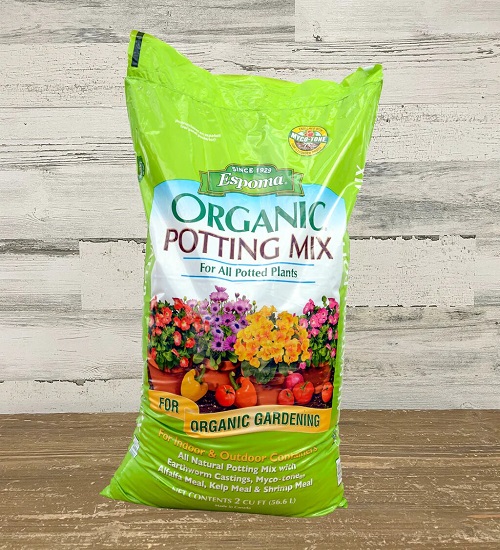
No transplanting
Potted plants may feel “subjected” to their pots.
Most plants outgrow their pots within a year to two, at which point you must transplant them into a larger container filled with new, nutrient-rich potting soil (depending on how quickly they grow). If you don’t want to repot your plants, you can trim their roots instead.
One of the signals that a plant needs to be transplanted is when its leaves begin to turn yellow, when its growth slows, or when it begins to repeatedly demand water. In some situations, the roots are even emerging through the drains.
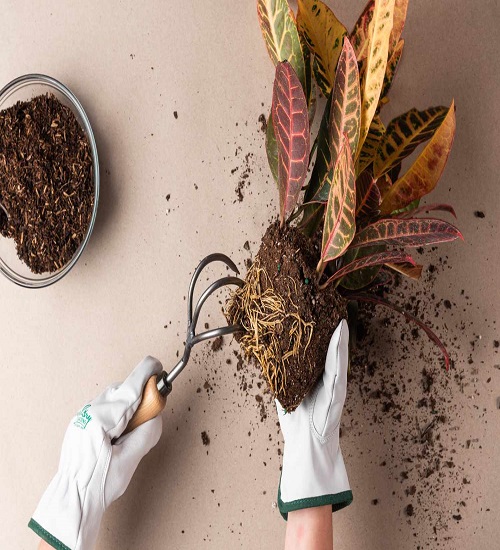
Ignoring the pests
Numerous pests, including aphids, spider mites, scales, whiteflies, and mealybugs, can invade your indoor plants and cause damage. It is possible to safeguard your container garden from pests by employing a few simple methods.
Check for signs of pests and illnesses before bringing a new plant into your home. Pests are more likely to target sick, stressed, or otherwise vulnerable plants, so keep a watch out for such.
Look inside the leaves and the tips of the plants, as that is where bugs tend to congregate. Pests that are already wreaking havoc on your plants should be dealt with as soon as possible; preferably with organic pesticides after their identity has been determined.
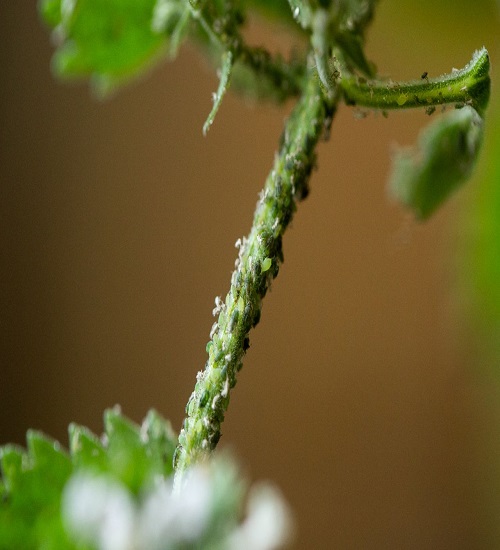
Negligence
Are you taking a trip this year? It’s great for your health, but it’s poison for your houseplants. Do whatever you can to accommodate them. While you’re away, have someone come water the plants. If you’re too busy to remember to water your plants every day, a good alternative is to use self-watering containers.
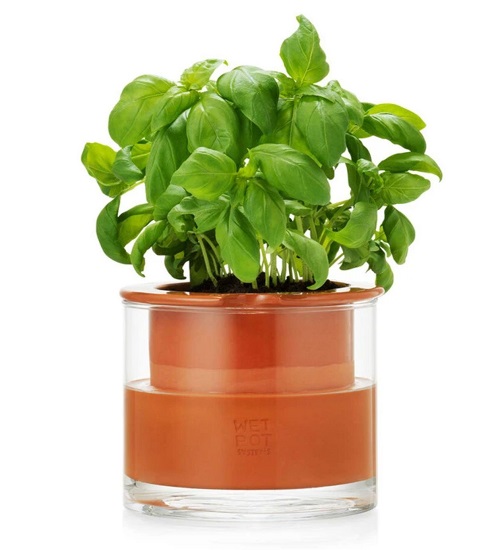
Use of less or no fertilizer
For optimal growth, health, and flower/fruit production, plants in containers should be given soil nutrients that are not provided by the container. In order to guarantee that your plants receive all the nutrients they require, you should apply a balanced fertilizer (readily available) to them on a consistent basis, following the directions on the package. While balanced fertilizer is fine for most of your plants, there may be a few exceptions.
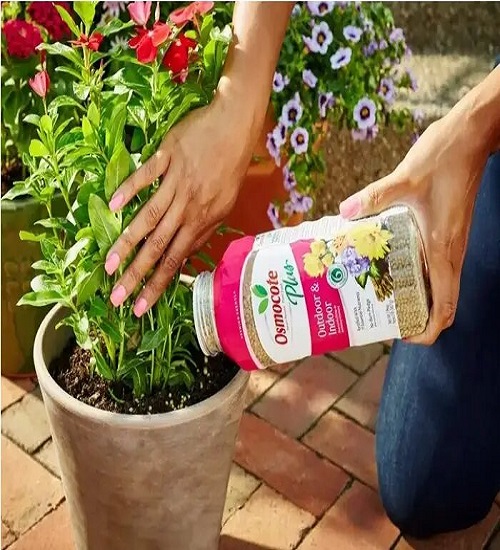
Overfertilization
Over-fertilization can be harmful to your plants’ roots and health. Moreover, it has the potential to actually kill them. Your plant may be experiencing the effects of overfertilization and you wouldn’t even know it. The symptoms include defoliation, slow or no growth, and yellowing and wilting of lower leaves.
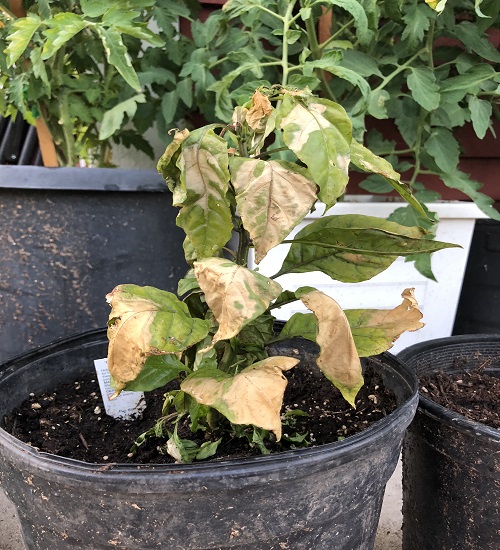
No pinching, deadheading, and pruning
Pinch the tops off of young plants to encourage bushier growth. In order for new blooms to form, it is necessary to “deadhead” many flowering plants. Remove the flours when they begin to wilt, fade, or turn brown.
Some fruit and blooming plants only produce on new branches, thus pruning is essential even for plants kept in containers.
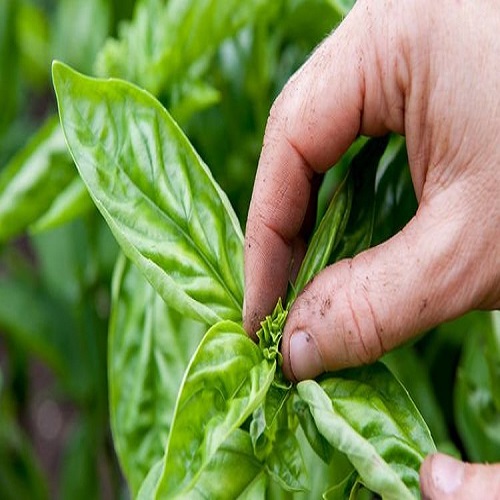
Exposure to high temperatures
Different plants have different temperature requirements; learning the ideal conditions for your plant requires some investigation. During the colder months, your plants will not survive outside and will need to be brought inside or placed in a greenhouse.
Keep your plants out of the direct sunlight during the hot summer months if you live in a warm location.
